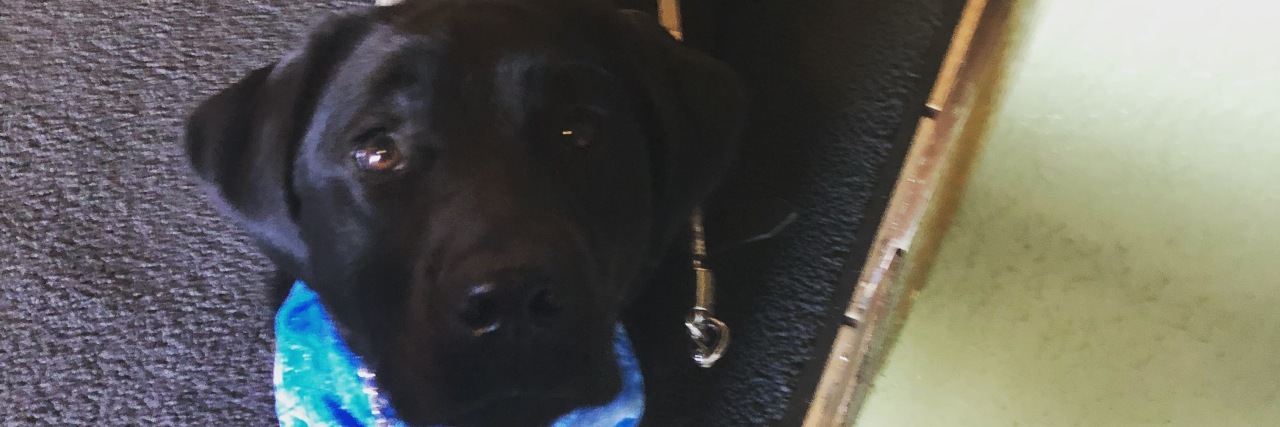When Innovation Leaves People With Disabilities Behind
When electronic versions of medical charts started which you could access through your own computer, it was considered a “new” and “great” thing. It meant less office staff were needed and patients had easy access to their records.
One big problem.
They’re nearly impossible for blind people who use screen reading programs like Voiceover or Jaws to access.
But what does that matter? Only a few people vs. the majority? It means those “few,” myself included, must beg to get our lab results, or be the annoying patient calling six times to get our records. It means I am left out of the loop a lot of the time with my own health care. It means I have to request an accommodation when a few years ago access was the norm.
Take the iPhone, a game changer for those with vision loss. Once it removes the home button, which is a big part of Voiceover, who knows what is going to happen.
It reminds of an issue I encountered trying to get a MRI. It’s quite clear I am blind — the sunglasses, the dog, the request to tell me out loud about turns. The tech totally ignored these things, but when we got to the changing room with its button locks, she couldn’t anymore as I couldn’t use it. So my friend held my clothing and my guide dog.
Wouldn’t a simple key have been easier? Simpler and even cheaper? Yes, but that isn’t “innovation.”
Those who who insist on innovation need to consider how it affects everyone, not just typical people, and make sure new technology is accessible to all.

